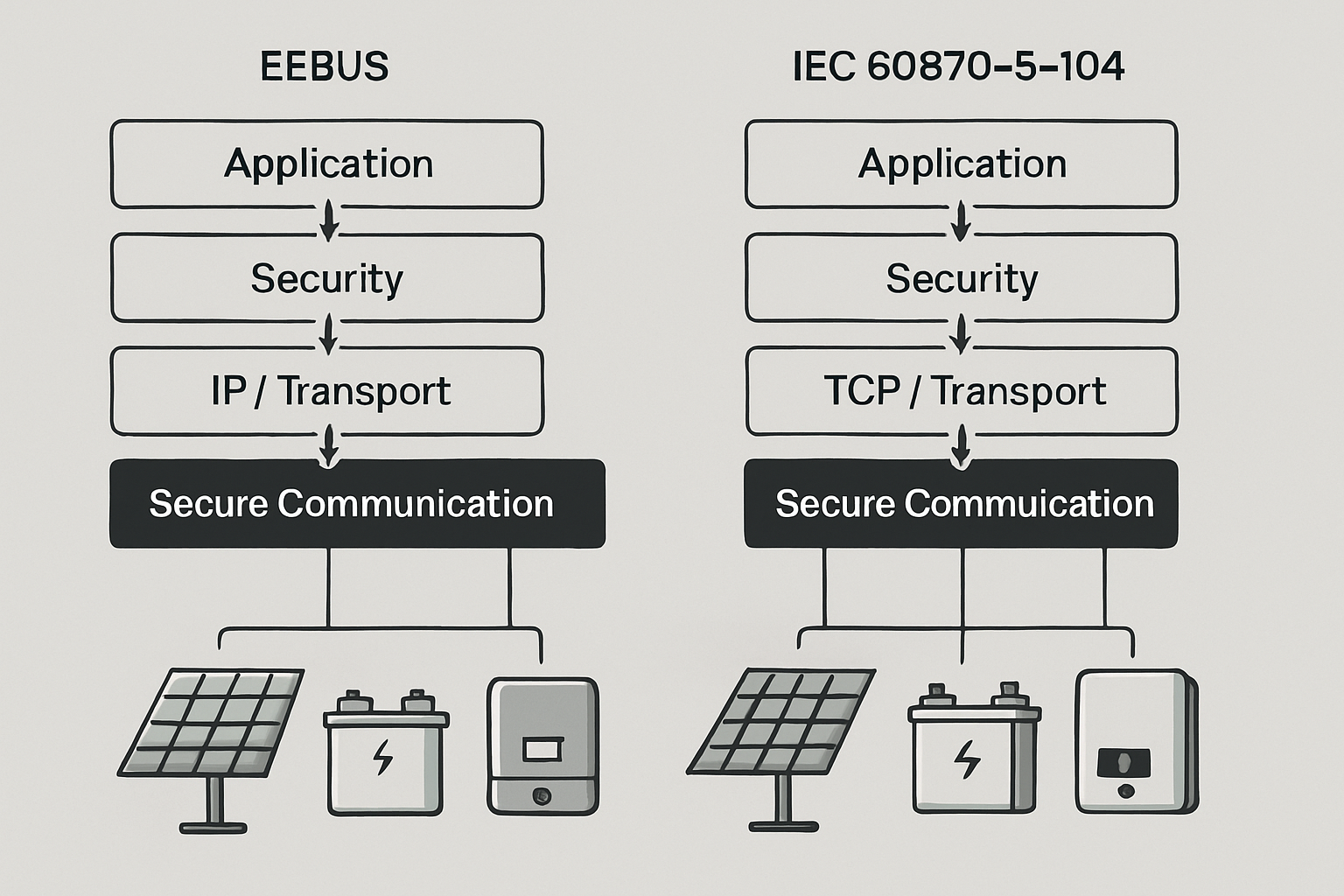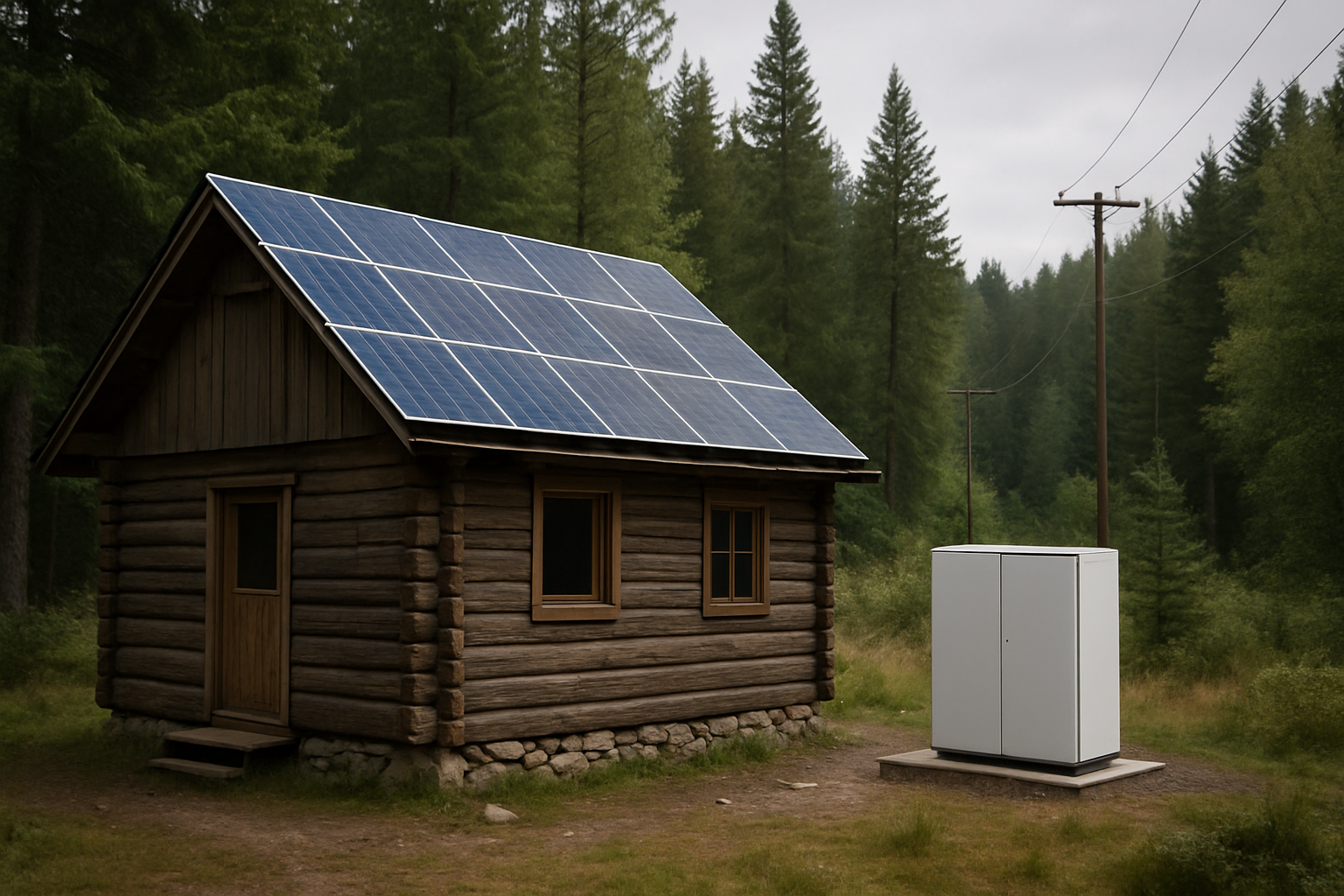Building a DIY solar energy storage system (ESS) brings incredible energy independence, but it also introduces cybersecurity challenges that most homeowners never consider. After working with hundreds of distributed energy installations, I've seen how vulnerable these systems can become without proper cyber resilience planning.
The reality is stark: national DER capacity is expected to quadruple by 2025, dramatically expanding the attack surface for cybercriminals. Your DIY solar ESS isn't just an energy system—it's a connected device that needs comprehensive protection from the edge components all the way to cloud services.

Understanding Your DIY Solar ESS Attack Surface
Every component in your DIY solar setup presents potential entry points for attackers. The attack surface extends far beyond what most people realize.
Edge Device Vulnerabilities
Your inverter, charge controller, and monitoring devices represent the "edge" of your system. These devices often run on embedded operating systems with limited security updates. Based on field assessments, over 60% of DIY installations use default passwords on critical components.
The challenge intensifies because these devices frequently connect to your home network or directly to the internet for remote monitoring. Without proper segmentation, a compromised solar controller can provide access to your entire home network.
Communication Pathways
Modern DIY solar systems rely heavily on wireless communication—WiFi, Zigbee, or cellular connections. Each communication pathway introduces specific risks. WiFi connections can be intercepted, while cellular modems in remote locations may lack proper encryption protocols.
According to DOE research, traditional centralized communication systems become increasingly vulnerable because "DERs are machines operating outdoors and often in remote locations, can be difficult to secure because they frequently connect to the grid via the internet."
Implementing Zero Trust Architecture for DIY Systems
Zero trust architecture assumes your network is already compromised and requires verification for every access request. This approach works exceptionally well for DIY solar installations.
Device Authentication Protocols
Every device in your system should authenticate before accessing network resources. This means replacing default credentials with strong, unique passwords and implementing certificate-based authentication where possible.
For DIY builders, this translates to specific actions:
- Change all default passwords immediately after installation
- Enable two-factor authentication on monitoring platforms
- Use VPN access for remote system management
- Implement device certificates for automatic authentication
Network Segmentation Strategies
Isolate your solar ESS components on a separate network segment. This prevents lateral movement if one component becomes compromised. A properly configured VLAN can contain potential breaches while maintaining system functionality.
| Network Segment | Components | Access Level |
|---|---|---|
| Solar Operations | Inverters, charge controllers, monitoring | Restricted |
| Management | Configuration interfaces, firmware updates | Admin only |
| External | Cloud services, remote monitoring | Encrypted tunnel |
Multi-Layer Defense Implementation
Effective cyber resilience requires multiple defensive layers working together. Single points of failure can compromise your entire system.
Firmware Management and Updates
Keeping firmware current across all components presents a significant challenge for DIY systems. Many installers set up systems and forget about ongoing maintenance, leaving known vulnerabilities unpatched.
Establish a quarterly firmware review process. Document current versions for all components and subscribe to security bulletins from manufacturers. Some inverter manufacturers now offer automatic update capabilities, but these should be configured carefully to avoid disrupting system operations.
Monitoring and Anomaly Detection
Your system should continuously monitor for unusual behavior patterns. Unexpected communication attempts, configuration changes, or performance anomalies can indicate compromise attempts.
Implement logging for all system interactions. Modern charge controllers and inverters provide detailed event logs that can reveal unauthorized access attempts or configuration tampering.
Cloud Integration Security Considerations
Cloud-based monitoring and control platforms offer convenience but introduce additional security considerations. The data traveling between your local system and cloud services needs protection.
Data Encryption in Transit and at Rest
All communication with cloud services should use TLS 1.2 or higher encryption. Verify that your monitoring platform encrypts stored data and provides secure API access.
For DIY installations, this means selecting monitoring platforms that prioritize security. Look for platforms that offer end-to-end encryption and allow you to control data retention policies.
API Security and Access Controls
If you're using custom integration or third-party applications to access your solar data, implement proper API security. Use API keys with limited scope and regular rotation schedules.
The IEA emphasizes that "data for cybersecurity monitoring and regulatory information are essential" as power systems become more distributed and data-dependent.
Incident Response Planning for Home Energy Systems
Even with comprehensive protection, security incidents can occur. Having a response plan minimizes damage and recovery time.
Detection and Containment Procedures
Develop specific procedures for different types of incidents. A compromised monitoring device requires different response actions than a potential firmware attack on your inverter.
Your incident response should include:
- Immediate isolation procedures for compromised components
- Data backup and recovery processes
- Communication plans with utility providers if grid-tied
- Documentation requirements for forensic analysis
Recovery and System Hardening
After an incident, focus on understanding how the breach occurred and implementing additional protections. This might involve firmware updates, configuration changes, or network architecture modifications.
Document lessons learned and update your security procedures accordingly. Each incident provides valuable information for strengthening your overall cyber resilience posture.
Future-Proofing Your Solar ESS Security
Cybersecurity threats continue evolving, and your protection strategies must adapt accordingly. The Department of Energy's Solar Energy Technologies Office continues funding research into resilient community microgrids, indicating the growing importance of cybersecurity in distributed energy systems.
Stay informed about emerging threats specific to solar and storage systems. Join industry forums, subscribe to security bulletins, and maintain relationships with other DIY solar enthusiasts who share security knowledge.
Regular security assessments help identify new vulnerabilities as you expand or modify your system. What starts as a simple battery backup can evolve into a complex microgrid, and your security measures must scale accordingly.
Building cyber resilience into your DIY solar ESS requires ongoing commitment, but the investment protects both your energy independence and your broader digital security. By implementing these strategies from edge devices to cloud services, you create a robust defense against evolving cyber threats while maintaining the benefits of your renewable energy investment.





Leave a comment
All comments are moderated before being published.
This site is protected by hCaptcha and the hCaptcha Privacy Policy and Terms of Service apply.